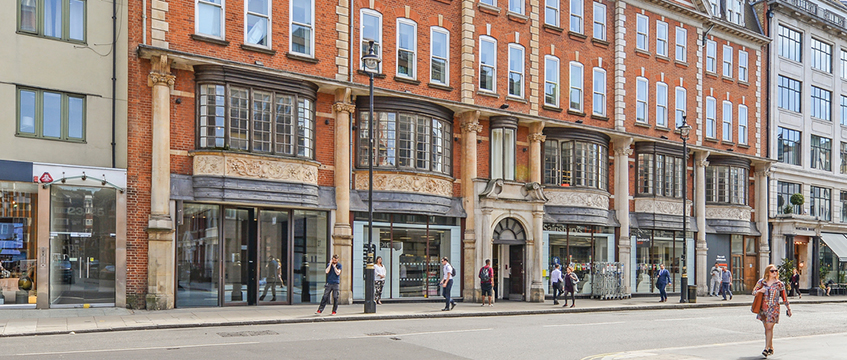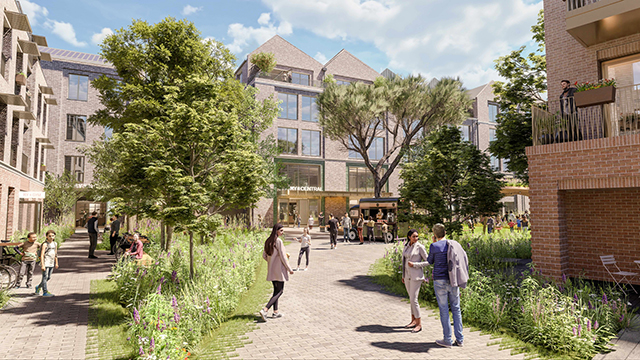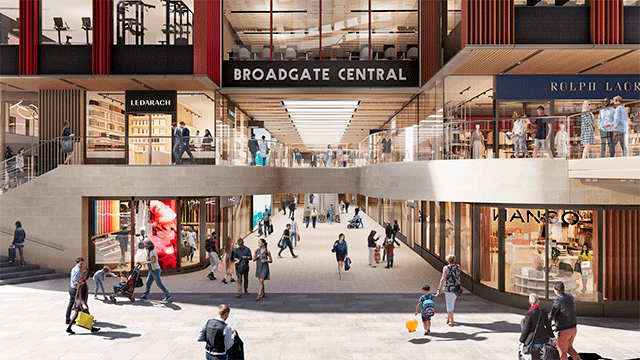We have used economics, creativity, and technology to shape the built environment. Now it is time for science to become the final piece of this puzzle.
Decades of research by cognitive scientists and recent advancements in the neurology of brain imaging and data visualisation technologies have allowed us to develop a new language for understanding human behaviour and experience in the built environment. Cognitive neuroscience – the scientific study of the biological processes and aspects underlying cognition – focuses on the neural connections that are involved in mental processes.
With this new tool we can understand accurately how to plan for our desired outcomes with more effectiveness and deploy a new toolkit for evaluating our success. Using devices such as mobile EEG devices to scan brain activity in situ and advanced navigational mapping software, we can start to add a more sophisticated layer of insight and forecasting into the ways people are likely to experience a place, and thus better inform the setting of our wider planning agendas.
Considering the human outcomes allows us to build a more sustainable, resilient and future-proofed built environment. As in many other industries, the successful products are those that have been designed to be human centric at their core. Therefore, now is the time to define what human-centric in the built environment actually is.
Through understanding the cognitive mechanisms behind “innovation”, a local authority can understand on a macro level what the required spaces an area needs are, and will be, to conform to regeneration plans. This understanding also helps to inform negotiations with developers and operators on what type of s106 agreements are needed. In the office market, understanding cognitive mechanisms helps inform developers’ decisions on co-working spaces and on the design of buildings and workspace ecosystems suited to the next generation – spaces that will survive the arrival of automation.
Science is also presenting us with a new tool to answer macro societal questions such as how to mitigate urban living conditions, which in some cases can raise the risk of anxiety disorders and mood disorders by 21% and 39% respectively, and how to curate the built environment to mitigate the £23bn per year cost of managing and caring for those with dementia, the highest social care cost in the UK.
The answers to these questions are very nearly with us. Dr Hugo Spiers of University College London and the Centric Lab, who is a neuroscientist specialising in spatial navigation, is taking decades of neuroscience and psychological research from the lab into the city. By combining familiar tools such as Space Syntax modelling and advanced VR simulated worlds with cognitive experience data, we can start to create a more refined definition of quality spaces, buildings, environments, streets and city areas. Using machine learning, advanced robotics and smart materials, such as pollution-fighting building exoskeletons, we can start to build frameworks that enable a city to respond to the activities taking place within it.
Our shared vision with Dr Spiers and those within the Conscious Cities movement, has led us towards pioneering research and practice that harnesses smart technologies and networks of sensors along with the cognitive sciences to inform architects, designers, urban planners, developers and city authorities of the behaviours and experiences of people responding to the built environment around them.
In the face of advanced technology no industry is immune to change. Property, being a people-business, is now poised to better understand how to design the right spaces, places and eco-systems for the people who use them.
How do we develop an empirical “UX” code for the built environment?
Josh Artus is director of built environment for Centric Lab, and co-curator of the Conscious Cities movement










